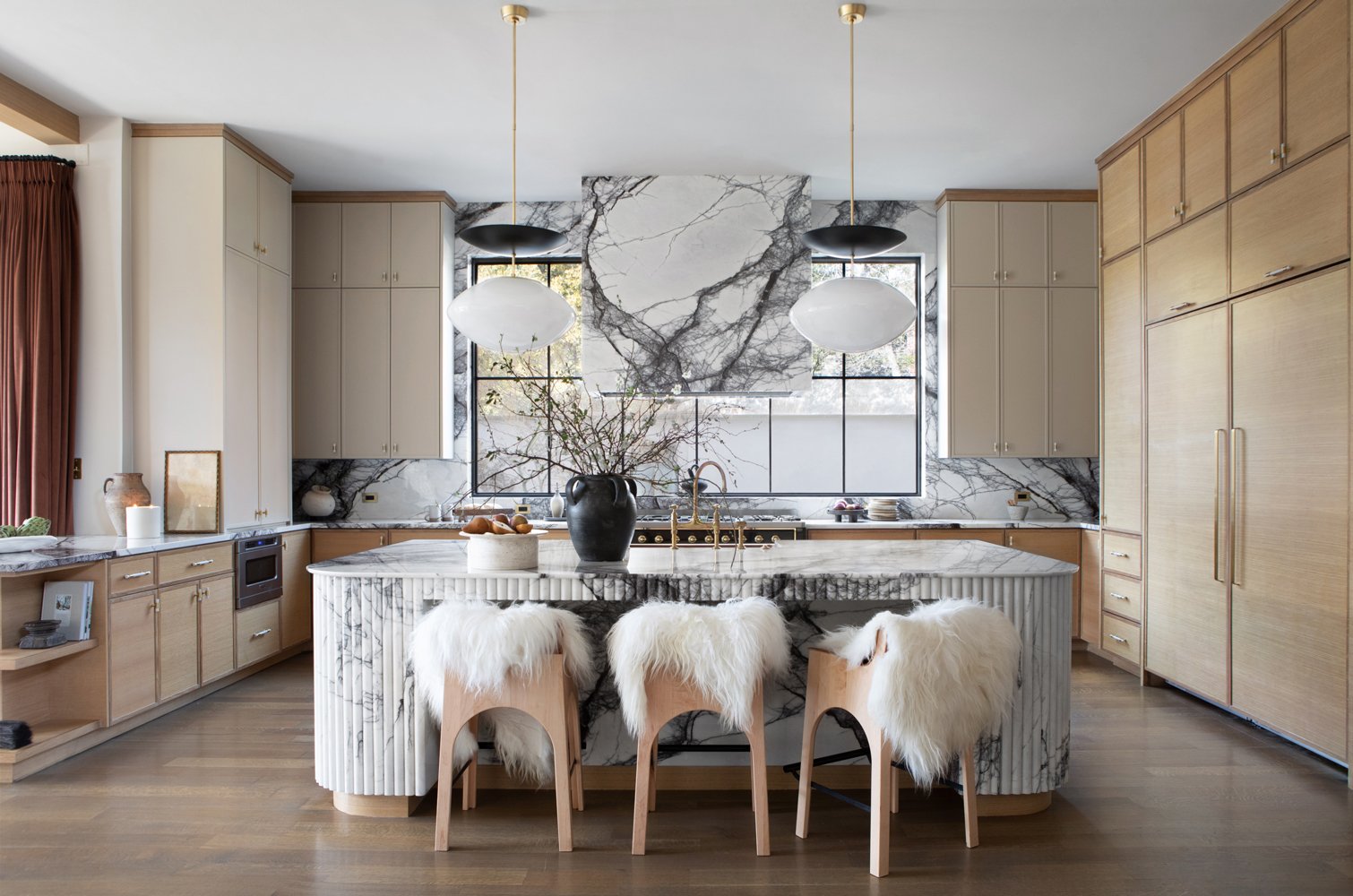More than Sugar on the Tongue: Neuroaesthetics, Part 2
As I said in Neuroaesthetics, Part 1, I was on a journey from childhood to surround myself with beauty as a way of feeling in control, calmed, and healed. And it became my mission to do this for myself, my family, and others. It was something I innately knew before I ever encountered the science behind it. And in starting this series with a story–my story–I was intentional about explaining my physiological connection to my environment from an organic perspective, before it was confirmed by the data.
In this part of the series, I want to dive into the data. Science gives language and awakens us to the importance of our environments and gives us license and reason to validate our emotions. As critical as the feeling is, recognizing the science behind physiology encourages us to see our role in not just creating beauty and bringing joy, but quite literally having an impact on our clients’ health. And this charge inspires us to innovate and push the boundaries of emotional experiences.
by Nathan Schroder
“Beauty is as useful as the useful…Perhaps more so.”
Reflect on walking into a gorgeous hotel room. It’s immediately captivating and enticing, even though you have no connection to it personally, and you may only be there a day or two. Design evokes emotions and impacts mood and happiness, but it also impacts health. When we enter a soothing or pleasant environment, whether that be a walk in a forest or a beautifully designed space, a chemical reaction takes place, releasing dopamine, serotonin, and oxytocin—the feel good chemicals—causing the heart rate and blood pressure to drop.
Now imagine a home that employs that same level of design while incorporating elements that have a personal connection. We spend 69% of our time in our homes and 90% in the built environment. Surrounding ourselves continually in this space improves quality of life, relationships, rest, healing—our wellbeing.
Scientists and the medical community now recognize the nourishing effect that our environment has on us. Dr. Douglas Wood of The Mayo Clinic postulates that the “future of medicine is in the home because it prevents and cures.” We, as designers, can impact not just the way people live, but how they thrive. Given that our work impacts such a significant part of people’s daily interactions, according to Dr. Claudia Miller, we have “a greater ability to impact public health than medical professionals.”
by Aaron Dougherty
As a designer, I’m not a seller or arranger of objects, but a curator of an experience—a profound emotional response that is directly linked to enhancing physical and mental wellbeing. And more than constructing that experience, I work to give my clients the permission to expect it. Mike Peterson calls it “an important shift in the value of our profession.” Design is not frivolous or indulgent, it’s seeking and achieving wholeness. And who doesn’t deserve that?
It’s a profound shift in perspective from what looks nice and what feels good to what connects, sustains, and nourishes us. It’s incumbent upon us as designers to approach our work as would healers and therapists, responsible for not just a positive experience but a positive impact on our clients’ welfare. And I, for one, am honored to be entrusted with that task.
by Matti Gresham
In our final piece in this series on Neuroaesthetics, I’ll explore how I incorporate Neuroaesthetics in my projects.
Craving more? View our full interior design portfolio.
Ready to discuss your project? Schedule a consultation to discuss your full-service design project.



